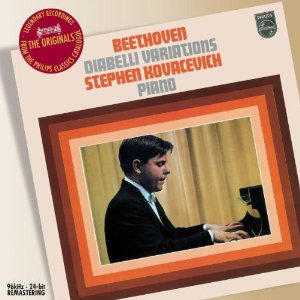Even if the DAC's anti-imaging filter has no ringing, ringing has already been baked-in because digital requires band-limiting prior to the ADC. This anti-aliasing filter must have ringing, and its non-negotiable - so ringing still exists irrespective of the interpolation algorithm. Seems daft to me to focus on the total elimination of ringing at the DAC. The THD+N claim is percent or a fraction?
No, band-llimiting is required, but a filter does not "have" to ring. I agree any artifacts added at the ADC are going to be impossible (or at least very difficult to the point of impractical) to remove by a DAC at the other end of the chain.
The THD+N claim is commensurate with a 16-bit DAC (0.0018% = 15.47 bits, 94.89 dB dynamic range).


